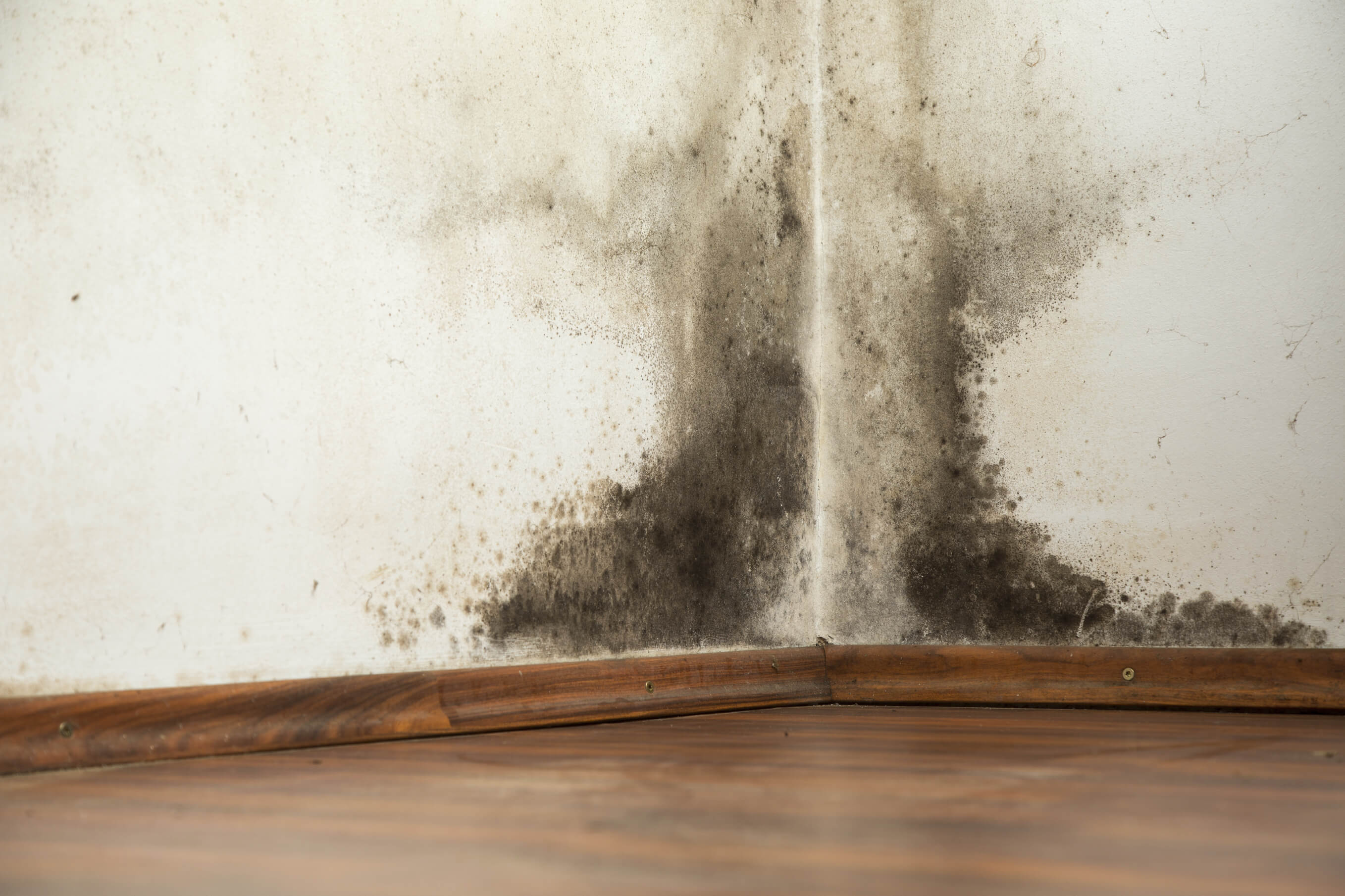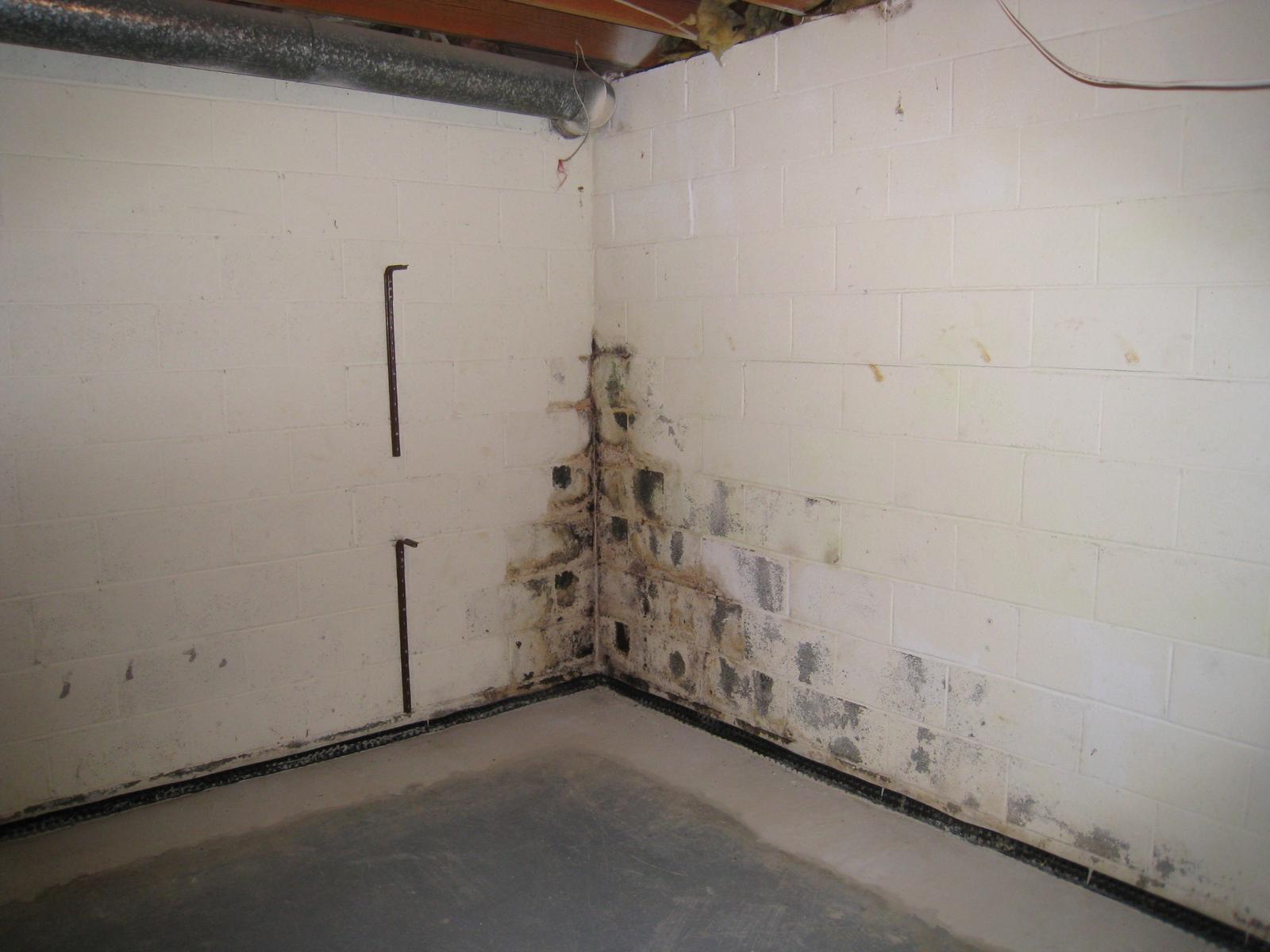Understanding Bathroom Moisture
Bathrooms are inherently humid environments due to the presence of water sources like showers, baths, and sinks. This constant exposure to moisture presents unique challenges for paint, requiring specialized formulations that can withstand the harsh conditions.
Sources of Moisture in Bathrooms
Bathrooms are designed for water use, making them prone to high moisture levels. The primary sources of moisture in bathrooms include:
- Showers and Baths: Showers and baths generate significant amounts of steam and condensation, contributing to the overall humidity of the bathroom.
- Sinks: While less obvious, sinks also release moisture through splashing water and condensation on faucets.
- Humidity: Even when not actively using water, bathrooms naturally retain moisture from the surrounding air, especially in humid climates.
Challenges of Moisture for Bathroom Paint
The constant presence of moisture in bathrooms can significantly impact the longevity and appearance of paint. Here are some common challenges:
- Mold Growth: Moisture provides an ideal environment for mold and mildew to thrive, leading to unsightly black or green spots on painted surfaces.
- Peeling and Blistering: Moisture trapped beneath the paint layer can cause it to peel or blister, compromising the paint’s adhesion and creating an unappealing appearance.
- Discoloration: Water stains and discoloration can occur as moisture seeps into the paint, altering its original color and creating an uneven appearance.
Properties of Moisture-Resistant Paint
To combat these challenges, bathroom paint needs specific properties to resist moisture and ensure durability. Key features include:
- Mildew Resistance: Mildew-resistant paints contain special additives that inhibit the growth of mold and mildew, preventing discoloration and maintaining the paint’s aesthetic appeal.
- Vapor Permeability: Vapor-permeable paints allow moisture to escape from the wall, preventing it from becoming trapped and causing damage. This breathability helps maintain a healthy indoor environment.
- Water Resistance: Water-resistant paints create a protective barrier against moisture, preventing it from penetrating the paint layer and causing damage. This feature is essential for areas prone to splashes and condensation.
Types of Bathroom Paint: Best Bathroom Paint For Moisture

Best bathroom paint for moisture – Choosing the right type of paint for your bathroom is crucial due to the unique challenges posed by moisture and humidity. Different paint types offer varying levels of moisture resistance, durability, and ease of application. Understanding the characteristics of each type will help you select the best option for your specific bathroom needs.
Types of Bathroom Paint
Here are some of the most common types of bathroom paint, each with its own advantages and disadvantages:
- Latex Paint: This type of paint is water-based, making it easy to clean up with soap and water. It also dries quickly and emits low levels of volatile organic compounds (VOCs), making it a good choice for environmentally conscious homeowners. However, latex paint is generally less durable than other types and may require more frequent touch-ups.
- Acrylic Paint: Acrylic paint is similar to latex paint but is often considered more durable and moisture-resistant. It is also a good choice for bathrooms because it is mildew-resistant and cleans easily. Acrylic paint is a popular choice for bathrooms because it offers a good balance of durability, moisture resistance, and ease of application.
- Epoxy Paint: Epoxy paint is a two-part paint that creates a very hard and durable finish. It is highly resistant to moisture, stains, and chemicals, making it an excellent choice for areas that experience heavy wear and tear, such as shower stalls and tubs. However, epoxy paint can be difficult to apply and may require professional installation.
- Oil-Based Paint: Oil-based paint is known for its durability and moisture resistance. It is also a good choice for high-traffic areas, as it can withstand heavy wear and tear. However, oil-based paint is more difficult to clean up than water-based paints and emits a strong odor during application. It also takes longer to dry.
Comparison of Bathroom Paint Types
The following table summarizes the advantages and disadvantages of each paint type:
| Paint Type | Moisture Resistance | Durability | Ease of Application | Other Considerations |
|---|---|---|---|---|
| Latex | Moderate | Moderate | Easy | Dries quickly, low VOCs, easy to clean up |
| Acrylic | High | High | Easy | Mildew-resistant, good balance of durability and moisture resistance |
| Epoxy | Very High | Very High | Difficult | Highly resistant to stains and chemicals, may require professional installation |
| Oil-Based | High | High | Difficult | Durable, but difficult to clean up and emits strong odor |
Selecting the Right Paint Type
The best paint type for your bathroom will depend on several factors, including:
- Level of moisture: If your bathroom is prone to high levels of moisture, such as a shower stall or bathtub, you may want to choose a paint with high moisture resistance, such as epoxy or oil-based paint.
- Traffic and wear: If your bathroom experiences heavy traffic or wear and tear, you may want to choose a durable paint, such as acrylic or oil-based paint.
- Ease of application: If you are planning to paint the bathroom yourself, you may want to choose a paint that is easy to apply, such as latex or acrylic paint.
- Budget: Epoxy paint is generally the most expensive option, while latex paint is the most affordable.
Choosing the Best Bathroom Paint

Choosing the right bathroom paint is crucial for ensuring durability, moisture resistance, and a beautiful finish. This involves considering various factors, from the level of moisture exposure to the desired aesthetic.
Factors to Consider When Choosing Bathroom Paint
When selecting bathroom paint, several factors need to be considered to ensure the best possible results. These factors encompass the level of moisture exposure, the desired finish, and the overall color scheme.
- Moisture Exposure: The level of moisture exposure in your bathroom is a primary consideration. Areas prone to high humidity, such as showers and tubs, require paints with exceptional moisture resistance. Look for paints specifically formulated for bathrooms or high-moisture environments.
- Desired Finish: Bathroom paints come in various finishes, each offering distinct properties. Matte finishes are known for their ability to hide imperfections, while satin and semi-gloss finishes are more durable and washable, making them ideal for high-traffic areas.
- Color Scheme: Consider the overall color scheme of your bathroom and choose a paint color that complements the existing fixtures and decor. Lighter colors can make a small bathroom feel larger, while darker colors can create a more intimate atmosphere.
- Ventilation: Good ventilation is essential for any bathroom, especially when using moisture-resistant paint. Adequate ventilation helps to prevent moisture buildup and ensures the paint dries properly.
Popular Bathroom Paint Brands
Several paint brands are renowned for their moisture-resistant formulas and excellent performance in bathroom environments. These brands have established themselves as reliable choices for homeowners seeking durable and aesthetically pleasing bathroom paint solutions.
- Benjamin Moore: Benjamin Moore offers a wide range of bathroom-specific paints, including their Aura line, known for its exceptional durability and mildew resistance.
- Sherwin-Williams: Sherwin-Williams provides a diverse selection of bathroom paints, including their Emerald line, designed to withstand moisture and resist stains.
- Valspar: Valspar offers affordable and high-quality bathroom paints, such as their Reserve line, known for its excellent moisture resistance and mildew protection.
- Glidden: Glidden offers a range of budget-friendly bathroom paints, including their Diamond line, which provides moisture resistance and durability.
Surface Preparation for Bathroom Paint, Best bathroom paint for moisture
Proper surface preparation is crucial for achieving a smooth, long-lasting finish. Before applying bathroom paint, it is essential to thoroughly clean, sand, and prime the surfaces to ensure optimal adhesion and durability.
“Thorough surface preparation is the foundation for a successful paint job, especially in high-moisture environments like bathrooms.”
- Cleaning: Remove any dirt, grease, mildew, or loose paint using a mild detergent and water. Allow the surfaces to dry completely before proceeding.
- Sanding: Lightly sand the surfaces to create a smooth, even texture and improve paint adhesion. Use fine-grit sandpaper for smooth surfaces and medium-grit sandpaper for rougher surfaces.
- Priming: Apply a primer specifically designed for bathrooms or high-moisture areas. Primers help to seal the surface, improve paint adhesion, and prevent moisture from penetrating the paint film.
